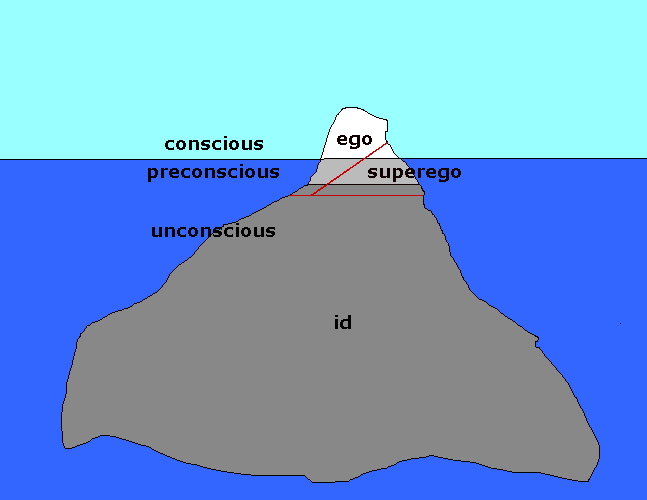Remember those crazy algorithms introduced by Dr. Zappala? What sort of algorithm can solve 100% of the innumerable variables one puts in? There are just some algorithms that cannot be written to solve some problems. For example, an algorithm to check another algorithm is an example of an impossible algorithm. When I think of the why, it blows my mind. Here is another interesting example of an interesting problem in the world of biochemistry. These ideas are taken from Dr. Gregory A. Petsko's "
On the Other Hand".
This question has to deal with amino acids, which are the building blocks of proteins. These amino acids are chiral molecules, a molecule that "lacks an internal plane of symmetry and has a non-superimposable mirror image". (
wikipedia) For example, our hands are chiral. They cannot be superimposed on each other, however, they consist of the same 5 fingers and palm.
 |
| tonga.usip.edu |
A picture of the two types of chiral amino acids are on the left. L-Amino acids and D-Amino acids are mirror images of each other, but not superimposable.
So, why is this important?
In chemistry, when forming these compounds, there is a 50% chance the product will be in the L-configuration and a 50% chance that the product will be in the R-configuration. However, within the human body, there are only L-configured amino acids.
This leads to the big question of "why L-amino acids?"
When prebiotic experiments were performed and electrical discharges were passed through mixtures designed to mimic the chemical composition of the early world's atmosphere, there was a formation of 50% L and 50% R! So now what?
 |
| From Rezoan Ratul |
Perhaps something in the environment favored L-amino acids? but that is presumably random. Perhaps the earliest life forms were imported onto Earth from other planets, so the chirality on our Earth is a reflection of that on other planets? We don't know how to prove that yet. The most productive theory is that D-amino acids are more prone to beta decay than L-amino acids? That is not enough reason to explain why all proteins in animals are L-configured. D-amino acids are just as good.
Now just like the
different colored tiles Dr. Zappala presented, the L and D amino acids are not compatible with each other. Proteins must be made of 100% L amino acids or 100% D amino acids (these D amino acids, rarely occurring naturally, must be synthesized). There is just no way to make an L and D protein. There would be unacceptable side chain clashes. Furthermore, L amino acids can only act upon other L-configured proteins/molecules. A D-configured protein remains unaffected by the L-configured enzyme. Using this principle, much research has been performed to enhance immune systems, prepare antibiotics, and create long-lasting proteins. crazy.
To end this thought like Dr. Petsko did, with the science fiction writer. Science fiction writers often speculate about parallel universes. If the choice for L-amino acids on our planet was random, then perhaps other universes consist of the opposite. Their molecules may be incompatible with ours. Either way, the mystery of why L was chosen is still up in the air.










